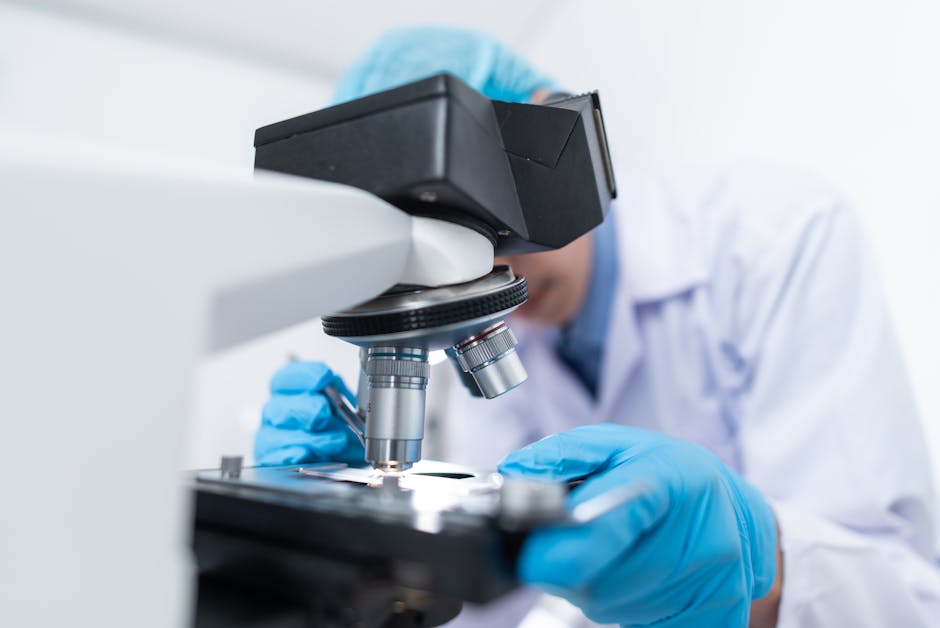Mass Mobilization of Lab
Understanding Mass Mobilization of Lab
This strategy goes beyond simply hiring more staff. It is a systematic framework for rapid scaling. It involves pre-identifying, training, and credentialing a pool of technicians. Consequently, health systems can activate this reserve force during crises. This pool may include retired professionals, recent graduates, or part-time workers. For example, during the COVID-19 pandemic, many jurisdictions utilized such models. They rapidly expanded their testing capabilities to unprecedented levels. This approach ensures that laboratory services remain uninterrupted and scalable.
Mass Mobilization of Lab Benefits
The advantages of a proactive mobilization strategy are extensive. Firstly, it dramatically improves surge capacity during health emergencies. This leads to faster diagnosis and better patient outcomes. Secondly, it reduces burnout among permanent laboratory staff. By distributing the workload, morale and productivity remain high. Moreover, it creates a more resilient healthcare infrastructure. Health systems can adapt to fluctuating demands without compromising quality. This operational flexibility is a significant benefit. It also provides a valuable career pathway for laboratory professionals. They gain diverse experience across different settings and challenges.
How Mass Mobilization of Lab Works
Successful implementation relies on a multi-phase process. The first phase is recruitment and vetting. Health authorities must establish clear competency standards. They can leverage International Labour Organization guidelines for fair recruitment practices. Next comes standardized training and certification. This ensures all mobilized technicians meet a uniform skill level. Furthermore, a centralized deployment system is crucial. It matches technician availability with facility needs in real-time. Finally, a continuous feedback loop allows for process improvement. This data-driven approach refines the system over time.
Best Mass Mobilization of Lab Practices
Adhering to proven practices is key to success. First, develop a comprehensive national or regional registry of qualified personnel. This database should be easily accessible to authorized agencies. Second, invest in cross-training technicians on multiple platforms and methodologies. This versatility increases their deployment value. Additionally, establish clear communication channels and chain of command. Everyone must understand their role and responsibilities. Partnerships with educational institutions are also a best practice. They ensure a steady pipeline of new talent into the mobilization pool. For more detailed planning, explore our professional resources.
Mass Mobilization of Lab Implementation
Turning strategy into action requires meticulous execution. Begin with a thorough needs assessment. Identify potential crisis scenarios and the corresponding laboratory capacity gaps. Subsequently, secure sustainable funding and political support. This is often a major hurdle. Therefore, building a strong business case using data is essential. You can reference World Bank economic reports to demonstrate the cost-effectiveness of preparedness. Then, pilot the program in a smaller region before a full-scale rollout. This allows you to iron out logistical challenges. Finally, integrate digital tools for scheduling, reporting, and quality control.
Advanced Mass Mobilization of Lab Strategies
For mature programs, advanced strategies can yield even greater efficiency. One strategy involves creating specialized rapid response teams. These teams are trained for specific high-consequence pathogens. Another approach is leveraging telemedicine and digital pathology. This allows remote technicians to support underserved areas. Moreover, predictive analytics can forecast future outbreaks. This enables pre-emptive mobilization before a crisis peaks. Understanding international frameworks, like those from the World Health Organization workplace standards, is also an advanced tactic. It ensures global interoperability and cooperation during cross-border health events.
Mass Mobilization of Lab Success Tips
Achieving long-term success depends on several key factors. Continuous training and skill development are non-negotiable. Laboratory science evolves rapidly, and so must your workforce. Furthermore, prioritize the well-being and fair compensation of mobilized staff. This retains talent and maintains high motivation levels. Engage in regular tabletop exercises and simulation drills. These practices keep the system sharp and ready. Also, ensure compliance with local regulations, such as UAE government employment regulations, if applicable. For tailored advice, consider an expert consultation.
Future of Mass Mobilization of Lab
The future of this field is driven by technology and globalization. Automation and AI will handle routine tasks. This will free up technicians for more complex analytical work. Meanwhile, international credentialing standards will facilitate global workforce sharing. This creates a truly worldwide resource pool for health crises. Additionally, the integration of genomic sequencing into routine diagnostics will demand new skill sets. The mobilization frameworks of tomorrow must be agile enough to incorporate these advancements. Staying informed through sources like U.S. Department of Commerce trade information can provide insights into relevant technological imports and partnerships.
Frequently Asked Questions
What is the primary goal of mass mobilization of lab technicians?
The main goal is to create a scalable, responsive laboratory workforce. This ensures healthcare systems can quickly expand testing and diagnostic services during surges in demand, such as pandemics or outbreaks.
How does mass mobilization of lab staff differ from regular hiring?
Regular hiring is a slow, permanent process. Mobilization involves pre-vetting a flexible, on-call pool of professionals. This allows for immediate deployment without the delays of traditional recruitment.
What are the biggest challenges in implementing a mass mobilization of lab strategy?
Key challenges include securing consistent funding, maintaining a large registry of engaged professionals, ensuring standardized training, and navigating complex cross-jurisdictional licensing and regulations.
Can private laboratories participate in mass mobilization of lab initiatives?
Absolutely. Public-private partnerships are crucial for success. Private labs bring significant capacity, equipment, and expertise. Integrating them into a unified mobilization plan greatly enhances overall system capacity.
What training is required for a mobilized lab technician?
Training includes standardized procedures for core tests, safety protocols for highly infectious agents, data management systems, and often, cross-training on specific, high-throughput equipment used during crises.
How is the quality of work maintained during a large-scale mass mobilization of lab effort?
Quality is maintained through rigorous initial training, strict adherence to standardized operating procedures, robust quality control and assurance programs, and continuous monitoring of results and proficiency testing.
Conclusion
The strategic importance of a ready laboratory workforce cannot be overstated. A well-executed mass mobilization of lab technicians strategy is a powerful defense against health crises. It transforms a static workforce into a dynamic, responsive asset. Therefore, investing in these frameworks is an investment in public health security. The benefits extend beyond emergencies to everyday efficiency and resilience. Now is the time for healthcare leaders to build and refine these critical systems. To begin strengthening your organization’s capabilities, schedule appointment with our specialists today. Proactive planning ensures we are never caught unprepared again.




